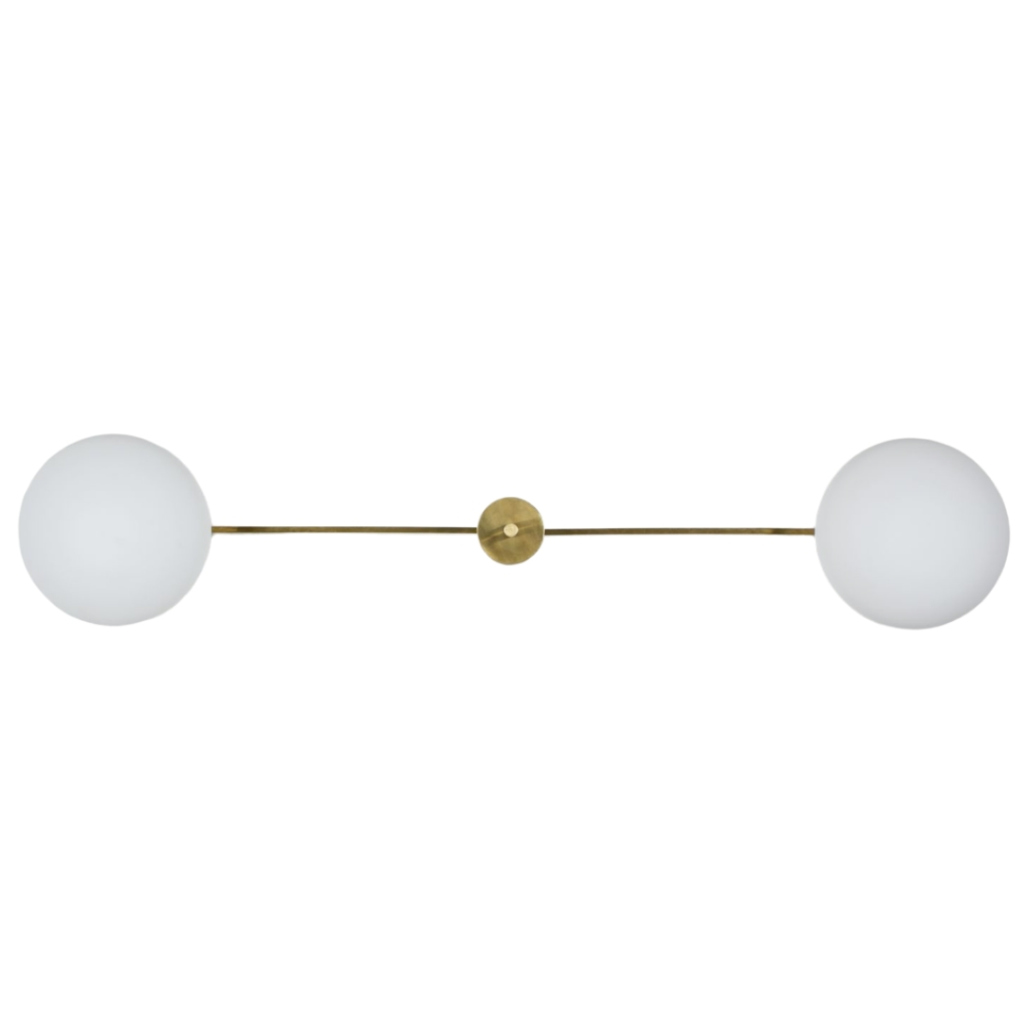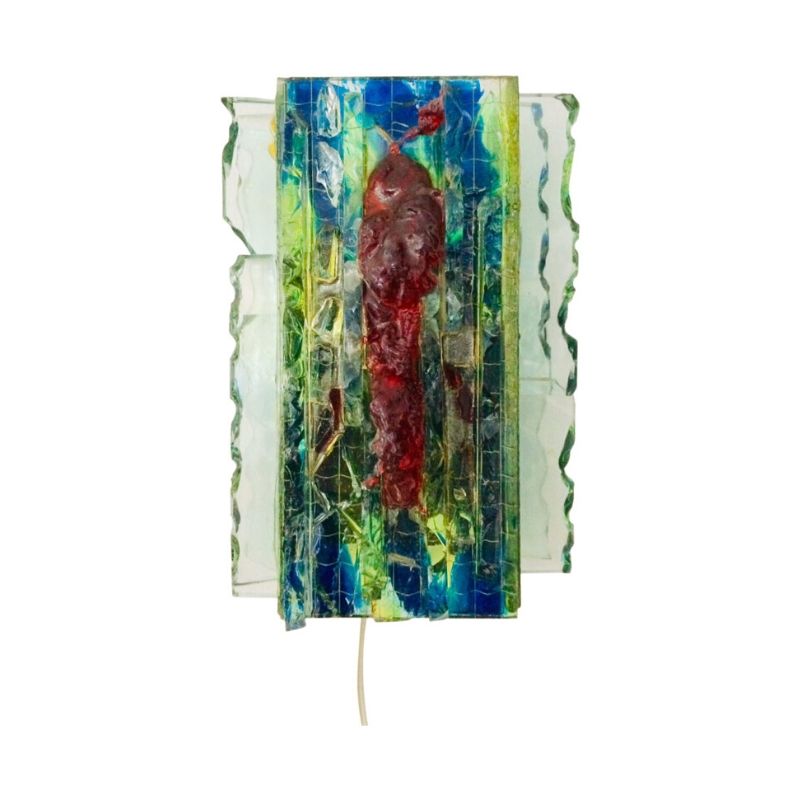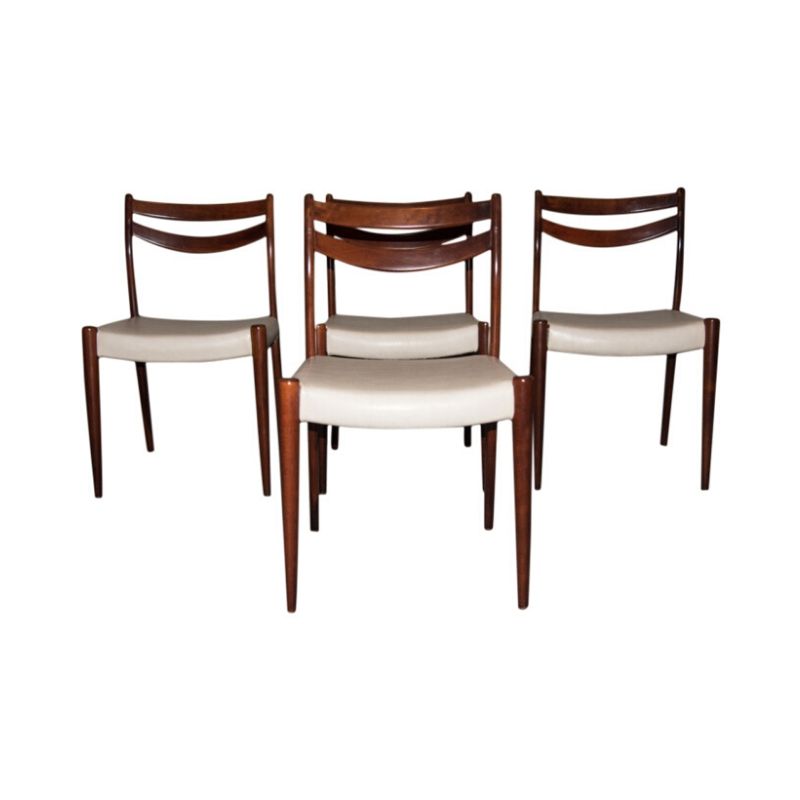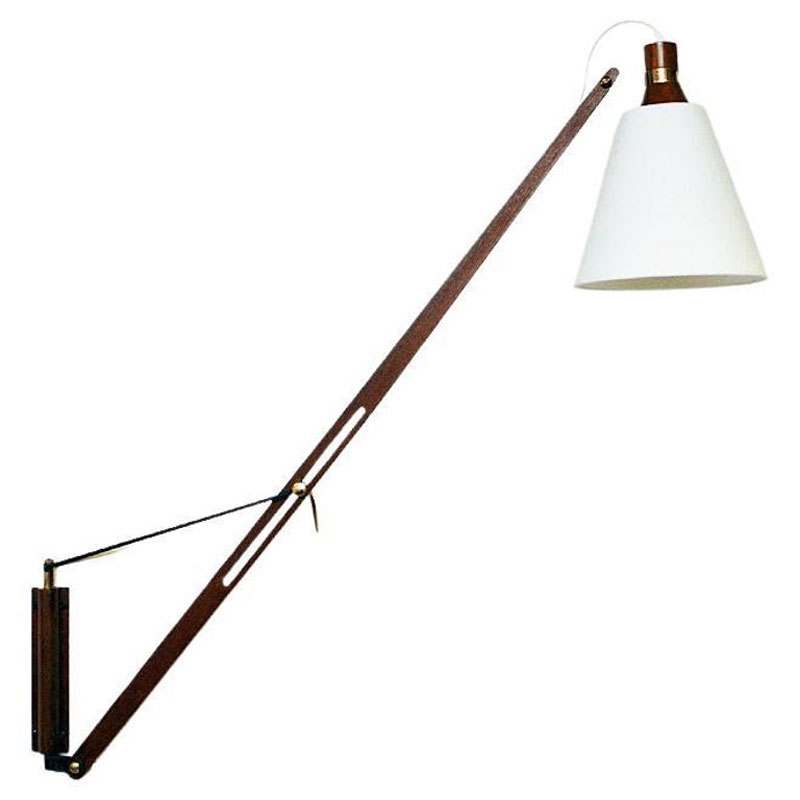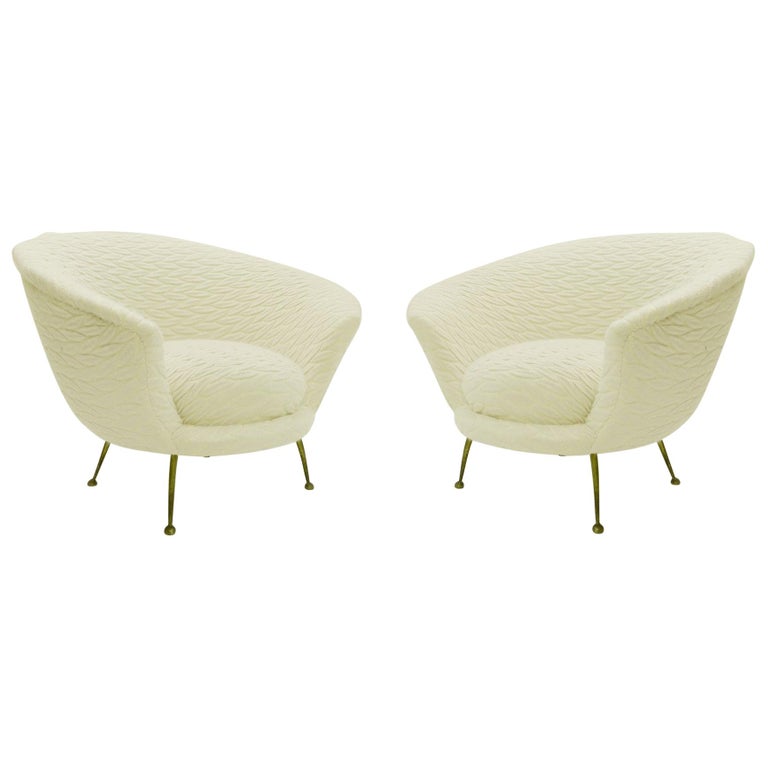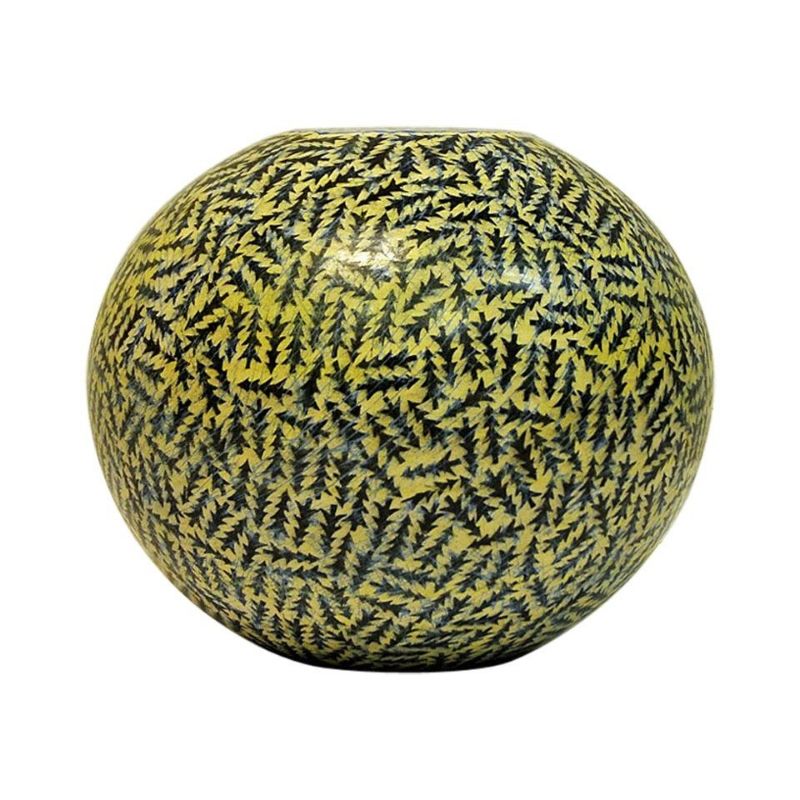Hello everyone I am interested in purchasing some furniture designed by Pierre Jeanneret. Can anyone give me their opinion on this designer and any input in regards to why the prices are so high especially the work exhibited in India?
Does anyone her own his work and what is his most famous work?
THANK YOU
His most famous furniture designs
are probably the pieces for which he's usually not given credit: The Le Corbusier/Charlotte Perriand pieces (LC4, Basculant, etc.) that he helped to design.
His most famous solo furniture design is probably the Scissor chair for Knoll.
His mass-produced furniture is no more expensive than similarly well-known and well-built pieces by other designers of his era.
Prices were high for the Jeanneret furniture in Wright's recent auction because those pieces weren't mass-produced; they were custom-designed by Jeanneret for buildings which he also designed, which stood in the Indian city that he helped to design.
The pieces Piere Jeanneret designed for Chandigarh
that remain in India, have gained government protection and are now banned from being exported out of India.
Because of this, no more Jeanneret pieces from Chandigarh will enter the market. The value of pieces currently on the market (that were exported before the ban), should and will go up, and up, and up.
Read here:
http://www.timesonline.co.uk/tol/news/world/asia/article7069217.ece
THANK YOU
I would like to thank you for your information. I am looking at purchasing two beautiful chairs and all this information is truly alot of help. The two chairs came from that city in India that you mentioned and they are beautiful with ratan back.
Hopefully i have the ability to purchase these chairs.
Does anyone on this site own pieces by this designer?
Jonah
Jonah,
I am interested and I would appreciate it if you sent me some photos to my email of what you have available.
Thank you for all your information and assistance. This forum is truly an asset to all parties.
(edited by DA - no commercial transactions on the forum please)
I am
intrigued by the Scissor Chair (is that its only and correct name ?) on structural grounds. It will be easily seen that there is a great deal of torque loading on the joint which coincides with the bright-plated disc. I would love to see that piece of hardware in its entirety -- or, if it is a decorative cover, the joinery it conceals.
It would work well, I surmise, if the cap is actually the head of a multi-pin fastener, with the pins placed as far from each other as possible and penetrating both the leg and the cantilevered horizontal member. This would be, in my estimation, far superior to any single-axis fastening, no matter how well tightened. . .or, for that matter, a well-glued wood joint.
The boomerang-shaped leg assembly itself, which appears to include a full lap joint, would work if fully glued, in my estimation. Does anyone know what specie or species this chair was/is made from ?
They are important
... historically, but I worry that there are some who would seek to cash in on the scarcity and desirability of these pieces. I'd be very cautious if I were paying a significant amount. I have seen some that were of dubious authenticity and looked more like faux antiques.
If you are paying a fair market price (and these pieces bring good money) please be sure to do your homework and insist on good provenance.
I was at an auction last night that had a Knoll 92 chair on the block, so I did some homework on a chair I've known about for a while, but never really looked into. I thought I'd revive this old thread to respond to some queries above as well as offer a few comments of my own.
- a little background: as per the Knoll website, the Model 92 Scissors Chair was designed by Pierre Jeanneret around 1947, and was in production from 1948-66. The wood is birch.
- There are three bolts behind the chrome cap, spaced apart as SDR theorized above, for better torsion resistance. I am not sure if those bolts are welded to the back side of the cap as I have not seen any photos of this joint taken apart.
- The photos I had seen online before going to the auction showed a half lap joint for both the leg "scissor" and the seat/backrest "scissor". That detail makes plenty of sense as the three bolts would then pass through both legs and the seat frame on each side. Structurally, it would have been even better if the bolts passed through the backrest member as well. However, the auction chair (with old Knoll tag and clearly a legit item) did not have half-lap joints at these locations, just a clean visible butt joint line. I could not tell if it was a mortise-tenon joint, or a dowel joint. Some further googling after the auction revealed that there some other chairs out there with this detail. My guess is that the auction chair was one of the earliest production chairs, with the design modified at some point to a half-lap for better durability. And it appears that all of the other butt-joint examples I saw online were also old looking versions.
- While I have not read this anywhere, it appears that use of canvas strapping for the seat/back supports was borrowed from Jens Risom's early Knoll designs. This material was in cheap abundance at the time as it was surplus for parachute straps from WWII.
- Most of the chairs I've seen (including the auction one last night) also have two zigzag springs at the middle of seat cushion to help out the canvas straps. There are some other seat support designs out there, but I am unsure if those are original.
- The attached vintage page is from the 1950 Knoll catalog.
- The auction chair was sound structurally, but had a lot of wear to the wood frame. The cushions were shot and the chrome worn off. It went for not-an-unreasonable hammer ($450), but still a little above my target range.
- I've never been a fan of the Chandigarh furniture designs. Too clunky, primitive, and uncomfortable for my taste. However, after getting a chance to see the Knoll production version up close, I'm starting to warm up.


If you need any help, please contact us at – info@designaddict.com



